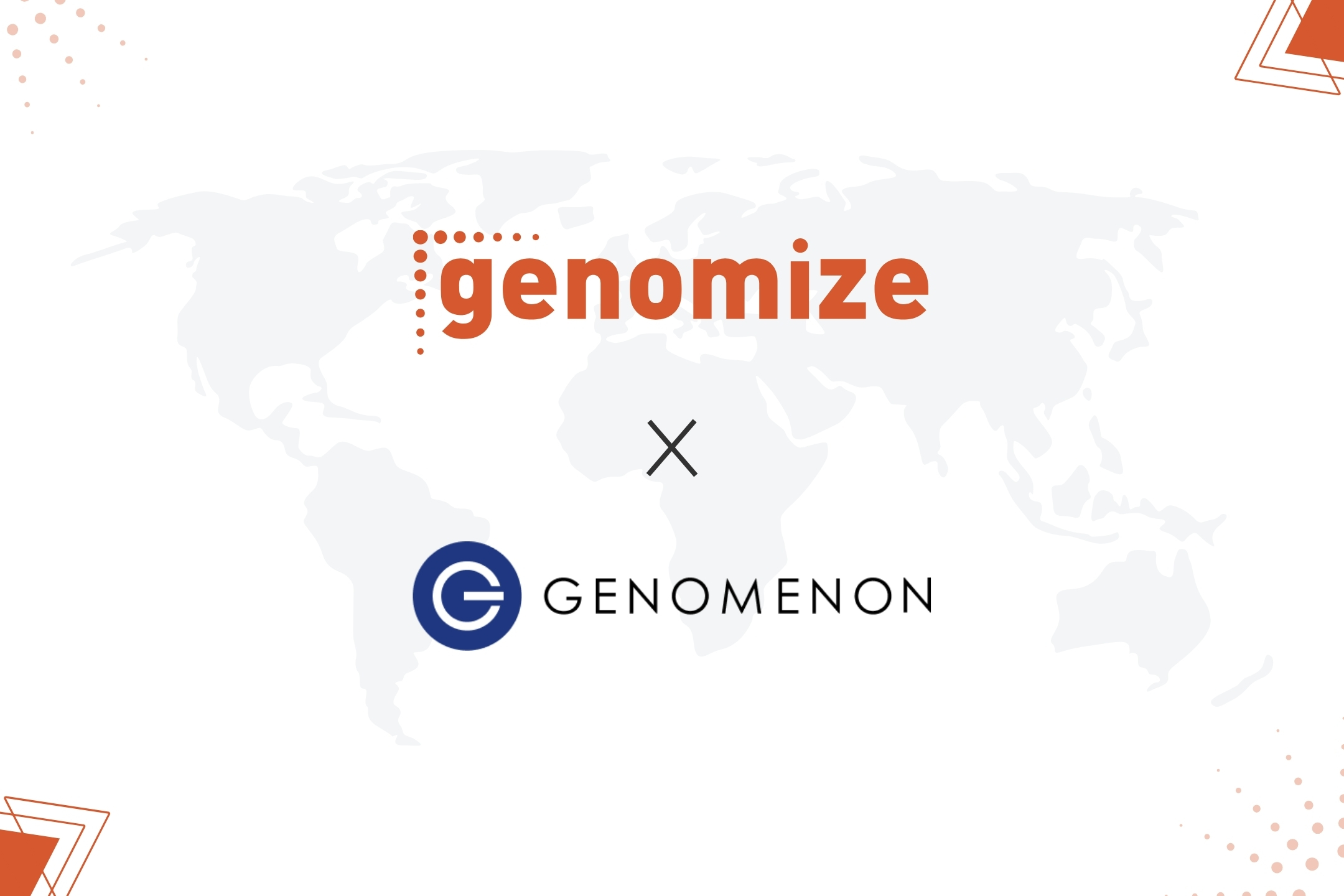Genomize and Genomenon Partner to Advance Genomic Insights
“This strategic partnership aligns with both companies’ missions to streamline genomic analysis by delivering cutting-edge solutions that accelerate discoveries and clinical decision-making. By leveraging Genomenon’s powerful datasets, Genomize users will gain access to deeper variant interpretation capabilities, driving innovation in personalized medicine.” Integration of Mastermind and Cancer Knowledgebase (CKB) Data To Drive Unprecedented Efficiency in…
Details
